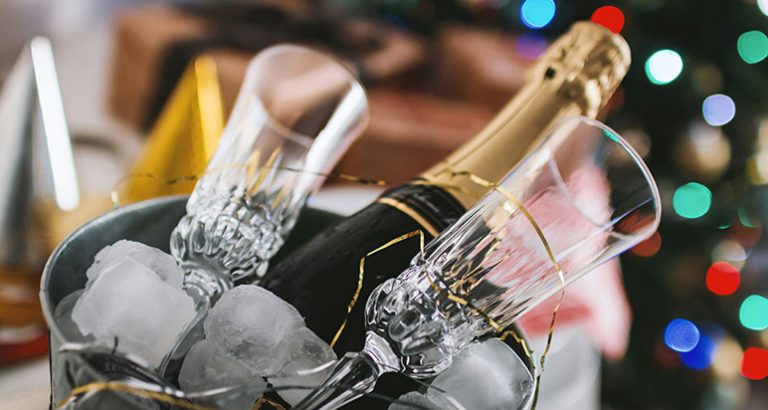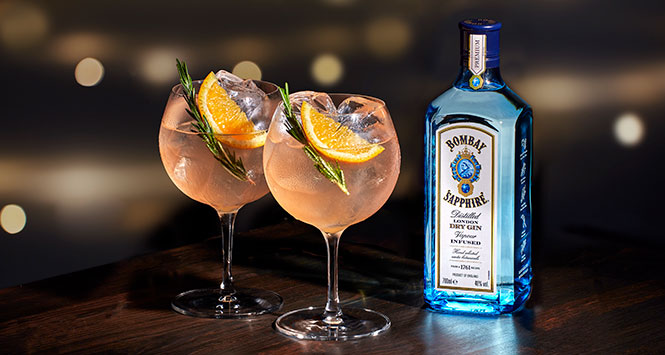The spirits category continues to grow, and according to this year’s William Grant & Sons Market Report, it continues to be premium brands and fractionals that are spearheading the growth. Retailers who can supply both, while educating customers to drive trial, will benefit most.
The GB Beer, Wine and Spirits market is worth £39.2bn, according to this year’s William Grant & Sons Market Report. And it’s in growth, +1.5% to be exact. Within that, the off-trade market is worth £15.7bn, which is +1.3%. That 1.3% is an important number, because within overall off-trade, convenience is growing +2.1% and is currently worth £3.6bn. So what we’ve got is a BWS market where convenience is outperforming multiples (and bars and pubs for that matter).
Within spirits, convenience is also outperforming grocery, with sales up +2.9%. Overall, the category is worth £9.4bn. This is being driven by gin, flavoured/spiced rum and malt whisky – though vodka and blended whisky remain the biggest sectors by far.
Between them, vodka and blended whisky account for 67.1% of sales, so as a rule of thumb they should represent two-thirds of your spirits gantry. Breaking it down even further, vodka takes a huge 47% value share, so that too ought to be reflected on the gantry. Behind Blended Scotch’s 20.1% there’s a large gap until gin (4.6%), American Whisky (4.4%) and French Grape Brandy – which is largely made up with Three Barrels (4.3%).
For the last year or so, suppliers have been hammering the message that premium spirits are a key trend, and this is now backed up with numbers – premium brands, which the report defines as being £23 or more for 70cl, are up +8.2% in the off-trade and 61% of spirits growth has come from premium brands.
Though it’s worth bearing in mind that despite these impressive turns, premium spirits are worth just 11.3% of the overall spirits category – something all retailers must bear in mind. Local audiences must also come into far more consideration than overall GB figures. If your store is in a housing scheme you’ve likely not noticed the explosion of £30 vodka brands.
Key 2015 findings
- Spirits has had a strong performance this year growing almost twice as fast as the alcohol market, up 2.5%, with all channels of trade contributing to this
- Premium spirits is growing at 14.1% (value), which is five times more than the total spirits market – the growth in premium spirits accounted for over 60% of total spirit value growth in 2014
- The largest categories within the spirits sector are blended whisky and vodka, accounting for almost half of value sales
- The fastest growing categories within spirits are flavoured/spiced rum (+23.9%) and American whiskey (+15.9%)
- One in five spirit sales in convenience is a 35cl half bottle, bringing an additional £11m to the category. Similarly, 20cl bottles are also performing well in convenience with new entrants and distribution gains driving growth of +11.7%
- Miniature 5cl bottles have enjoyed good growth within convenience over recent years and more recently have entered the grocery multiples, leading to value sales of almost £23m and growth of +15.1%
- Total GB online retailing is now worth over £100bn, growing at 14% with one in four people in GB now shopping online at least once a week
- Online plays a key role in how consumers are researching, with 50% researching online then purchasing offline in the off-trade.
If you are planning on driving more premium sales, however, take Chris Wisson, Senior Analyst at Mintel’s advice. He says: “Key to encouraging trading up is providing tangible points of difference, and brands have to make the premium drinking experience feel even more special to consumers and worthy of the investment.”
The report goes into some detail in the trends in bottle sizes – something many retailers are benefitting from. The 70cl format remains the top-selling bottle size, with 53% of all unit sales in convenience. While a decrease in duty has led to a boost in sales of one-litre formats in grocery, smaller formats continue to shape the direction of conveniences sales. One in five spirits sales are now in 35cl format – +6.7%, which the report estimates has driven an additional £11m into the category. Furthermore, 20cl bottles are also performing well, +11.7%. The advice for retailers, much as it has been for the last couple of years, is to keep a wide range of fractionals in addition to 70cl lines.
In its report, William Grant also finds room for a little analysis of shopper behaviour, stating that spirits buying is now driven by two states, ‘need’ and ‘occasion’. Banding the word ‘need’ around alcohol sales perhaps isn’t the best move, but the report explains that ‘need’ driven purchases can be either planned or unplanned, with purchase decisions based on previous purchases and in-store offers. ‘Occasions’, meanwhile, address purchases made after some research is carried out – such as gifts, party purchases or just a treat. As many as half of occasion shoppers do online research, with one in four influenced by family and friends. This seems to be a key opportunity for retailers to use their own education in the spirits category to provide a better in-store experience for shoppers, teaching them a little about different products in order to upsell – remember, three in five shoppers are looking for something new, so sampling, information, and limited editions packs – for example – can also help to drive sales.
Gary Keogh, Marketing Director of William Grant & Sons UK, comments: “The market is more polarised than ever and premium brands can really take advantage of this trend. Consumers will spend money on those brands that offer something more to them, including the opportunity to associate themselves visibly and proudly with brands that project their values. We’re in the privileged position of being able to take the long term view.”
Convenience Spirits Brands (top 10 by value)
- Smirnoff Red Label
- Glen’s
- Jack Daniel’s Tennessee Whiskey
- Bell’s Original
- The Famous Grouse
- Chekov
- High Commissioner
- Gordon’s
- Bacardi Carta Blanca
- Russian Standard







